Kenny Slocum is the naturalist and natural resource manager for the Clayton County Conservation Board.
Lupine and I have a complex relationship. Despite the fact that some variants are indigenous to Iowa, I had to leave home to learn to recognize it.
After college, I moved to Western Montana where I first became acquainted with the genus. Following my term with the Montana Conservation Corps, I bounced up and down the Rocky Mountains, the Black Hills, the Colorado Plateau… Everywhere I went, lupine was there to greet me. Always a crowd-pleaser, a colony of lupine on a hillside brings an incredible splash of color to the summer meadow wherever the geography.
As with so many other plants, it took me a long time to realize I didn’t have to leave Iowa to find it. I would have needed to take a road trip out of my native Scott County, though. Especially in search of the true Iowan lupine.
Our native Wild Lupine (Lupinus perennis) enjoys “indicator species” status on the goat prairies of northeast Iowa. The dry, rocky slopes do have certain commonalities with the mountainsides out west: thin soils, direct sunlight, and steep grades. Perhaps this is part of their appeal to me; prickly pear and Indian paintbrush take me back to the days of plucking around the desert.
I was overjoyed when one of our newest seeding projects here at the Osborne Nature Center yielded a lupine sighting in just year two. I’d been under the impression it took its sweet time emerging from a seed mix; maybe we had just the right conditions? The reconstruction did have a small remnant adjacent, so perhaps the soil was especially accommodating.
Or maybe we had the wrong plant.
It turns out, much of the lupine in seed mixes uses a species more familiar to me from out west: large-flowered lupine, also known as sundial lupine, also known as Lupinus polyphyllus. It’s a larger, showier flower, with more leaflets than its Iowan cousin. Here are three examples:
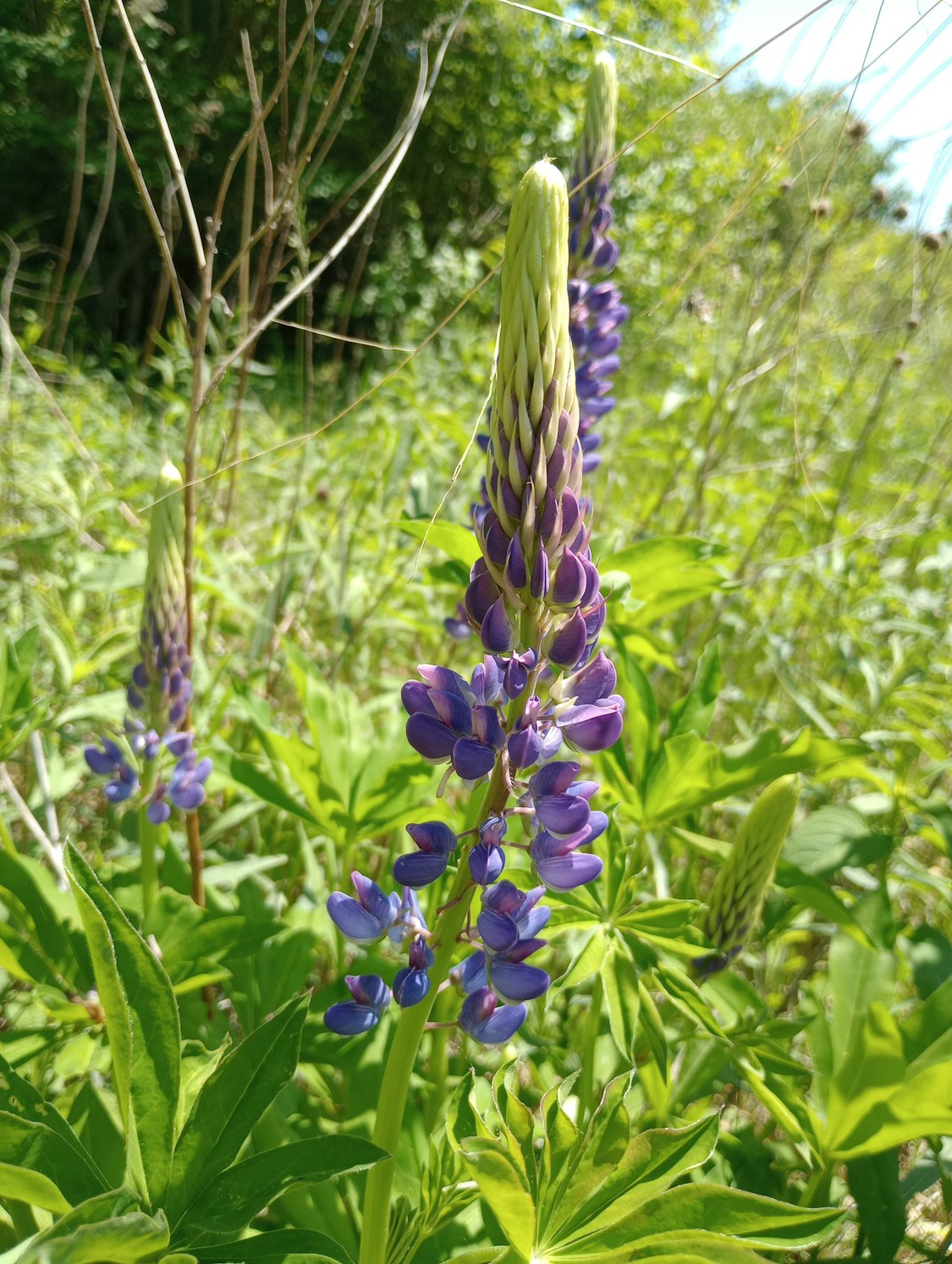
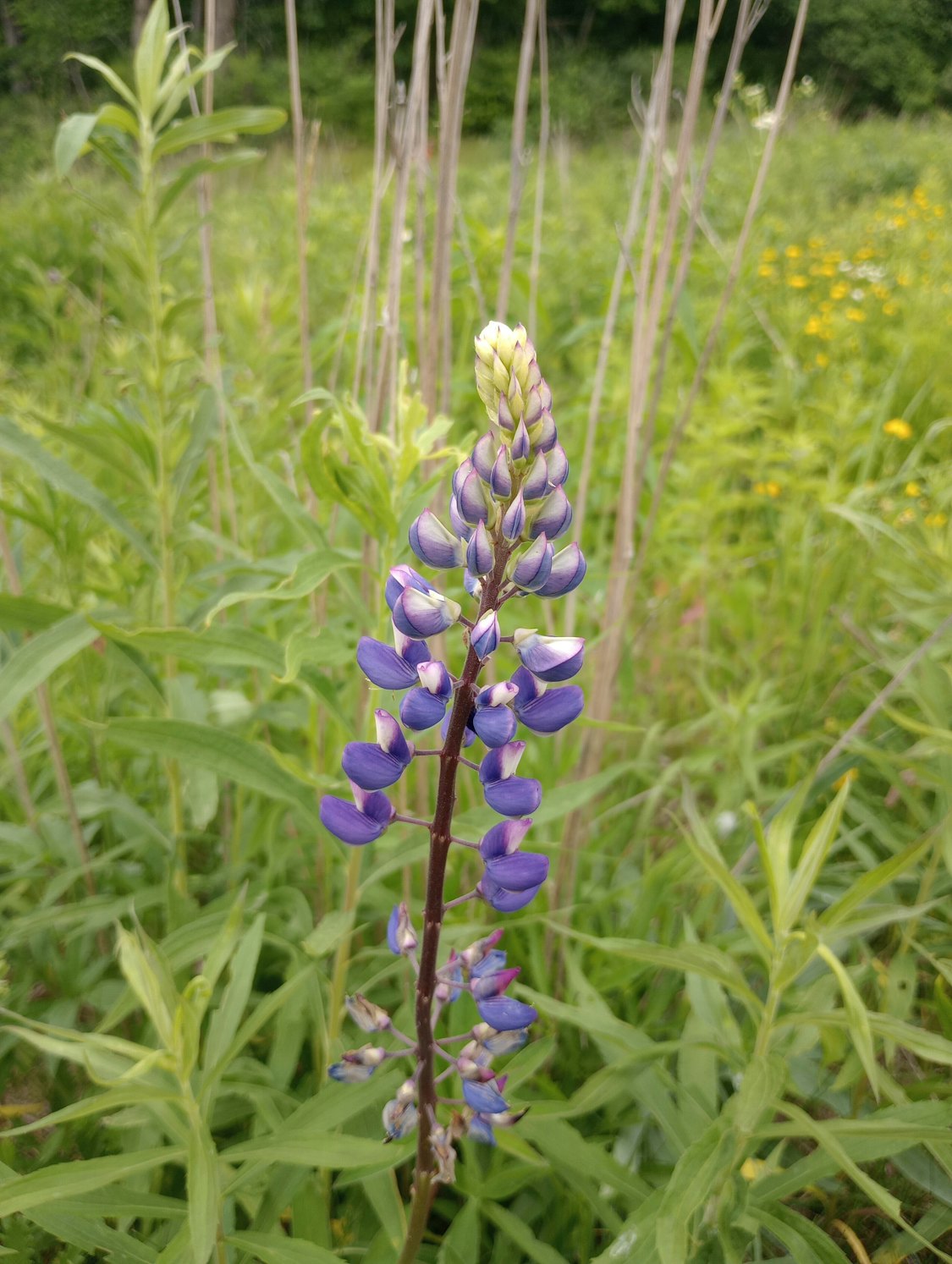
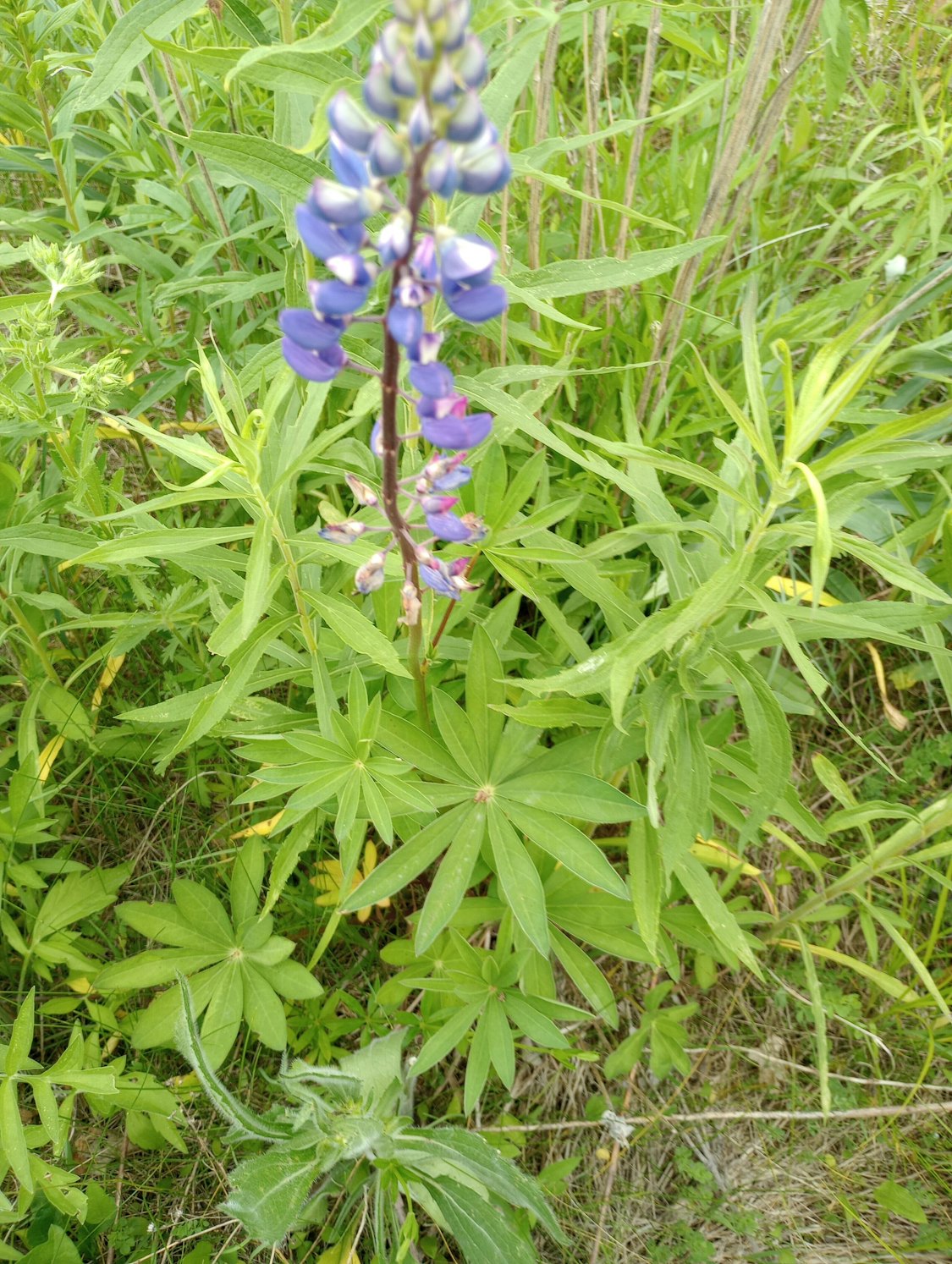
We still have this plant appearing in our prairie reconstruction. Certain species within the genus can become invasive, but this particular non-native seems to play well with others. It’s a beautiful plant, if I’m lucky enough to catch it before the deer browse the flowerheads. Just a few stalks arise each summer, rarely in the same spot despite the perennial habit (likely another consequence of herbivory).
But there is a small problem. We plant prairies not only for their beauty, but for their function. Prairie reconstruction aims to provide ecosystem services like water quality improvement and soil retention. But they also provision the waning biodiversity, from birds and snakes to beetles and butterflies.
The Karner Blue, a beautiful, minuscule butterfly of oak savannas, goat prairies, and barrens was listed as endangered in 1992. Like the more well-known relationship between milkweed and monarchs, the Karner Blue’s plight comes from “habitat loss,” specifically in the form of losing its host plant, wild lupine.
Unfortunately, the Karner Blue will not use the L. polyphyllus commonly planted in prairie reconstructions. It’s also unclear whether this western species will or has already hybridized with our local native, or if the Karner Blue would use such a hybrid.
Many lessons lie in the tale of the cosmopolitan lupine and the hyper-specialized Karner Blue. First and foremost, the critical importance of knowing and growing truly native plants.
It can seem “niche” to focus on the minute differences between species within a genus. Countless field trip students have rolled their eyes when I try to explain the difference between the weedy Daisy Fleabane (Erigeron annuus) and its cousin Robin’s Plantain (Erigeron pulchellus), which occurs in higher-quality natural areas.
But to the wider ecological community, those subtle differences can mean life and death. For that matter, it’s crucial for site managers to wade into the minutiae when assessing the quality of a given area. The wild lupine scores a 10 on Iowa’s coefficient of conservatism, a measure of a species’ fidelity to ecologically-intact sites.
Ten is the highest possible score. Sundial lupine, conversely, scores a zero since it does not occur in any habitat in Iowa naturally. A misfire in identification could lead one to mistake our new prairie at Osborne with a remnant. Oh, if only.
The lupine also demonstrates the classic conservation pitfall of confusing use with value. The heavy lip on a lupine flower makes accessing the nectar difficult for many species. Bumblebees, with their heavy bodies, can easily pry open the petals, and do in fact enjoy the non-native lupine just fine.
But they could do that with the native lupine too. Just because they can use L. polyphyllus does not make it a great choice for pollinator plantings.
I have seen deer eating Japanese honeysuckle, and I have seen the blue pee of rabbit urine after they nibble the bark of buckthorn. Chemicals within the bark of the buckthorn react with sunlight and look like someone spilled antifreeze in the winter woods.
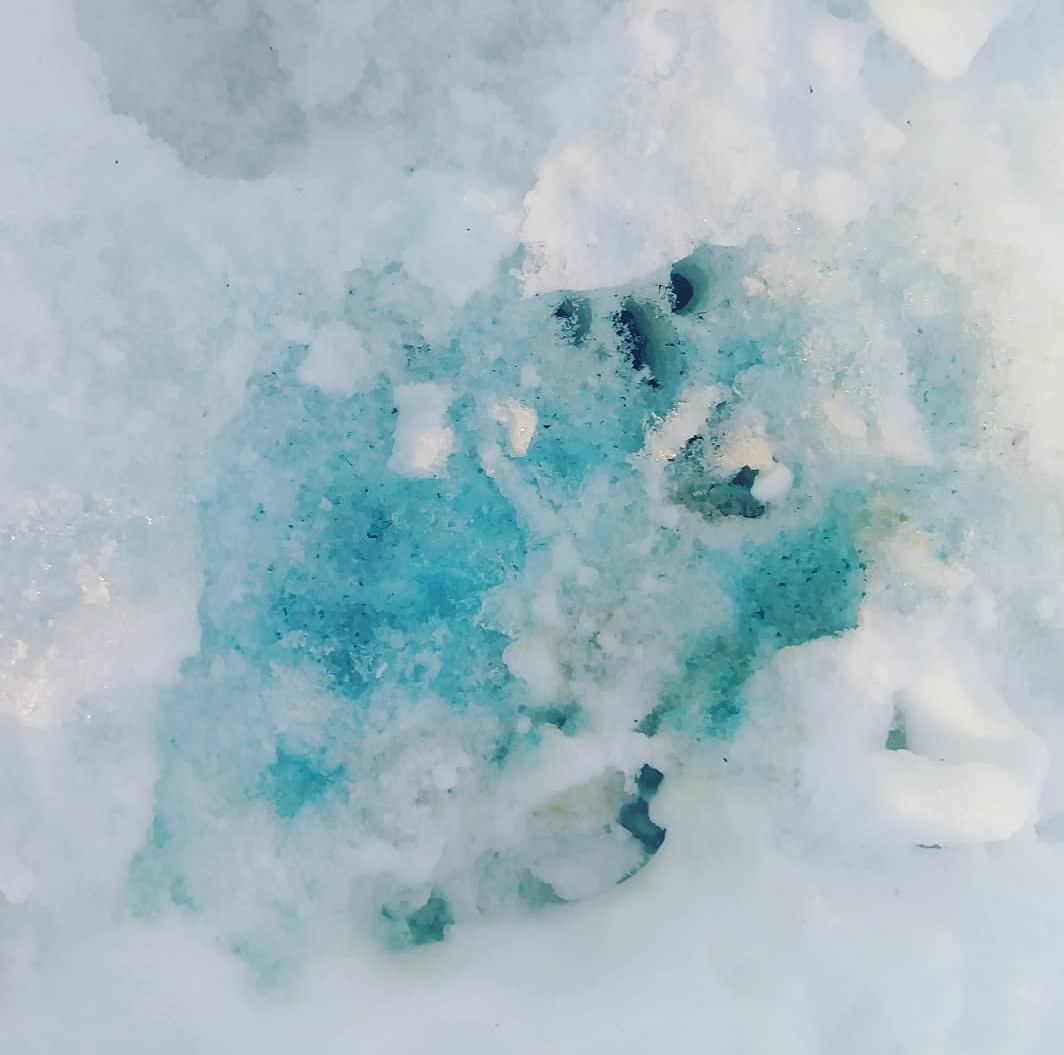
We rightly recognize those as signs of desperation rather than forage quality. Starving animals cannot afford to be picky. In degraded habitats, like most of Iowa, the pollinators will take nectar where they can get it. They visit the flowers of butterfly bush the same way I might cobble together a lunch of spaghetti sauce poured over saltine crackers because I forgot to go grocery shopping.
Last but not least, the lupine teaches us the true depth and complexity of prairie ecology. Most “high diversity” prairie seed mixes will contain dozens to over a hundred species of grasses and forbs. A true remnant prairie may approach twice that figure in its botanical inventory.
I am frequently dismayed at how many of the more conservative species in each seed mix fail to show up, even in older, well-established, and maintained plantings. We pay for the seed of leadplant and junegrass, but without the requisite soil profile these species struggle to take root.
It speaks to how irreplaceable our few remaining prairie remnants are. No matter how hard we try, we can never truly “reconstruct” a prairie. These are the old-growth forests of the great plains, truly wild places with entanglements and processes that have developed over thousands of years. When those entanglements are severed by the plow, when those processes get disrupted, no amount of seed can bring them back.
In that way, wild lupine embodies the plight of the prairie like few other flowers. Like all things wild in Iowa, it has been pushed into vanishingly small corners the cow and plow could not reach. Like so much of Iowa’s prairies, it has been replaced by a non-native corollary, the same way Zea mays has largely replaced Andropogon gerardii as the dominant grass spreading to the horizon.
For those lucky enough to see it, wild lupine offers a tantalizing glimpse into Iowa’s past. If we can learn to hear its wisdom, it could be a meaningful guide on the path to a better future for our prairies.
Editor’s note: The next two photos by Mike Houge depict wild lupine blooming in 2021 at the O’Brien County Nature Center in Petersen.
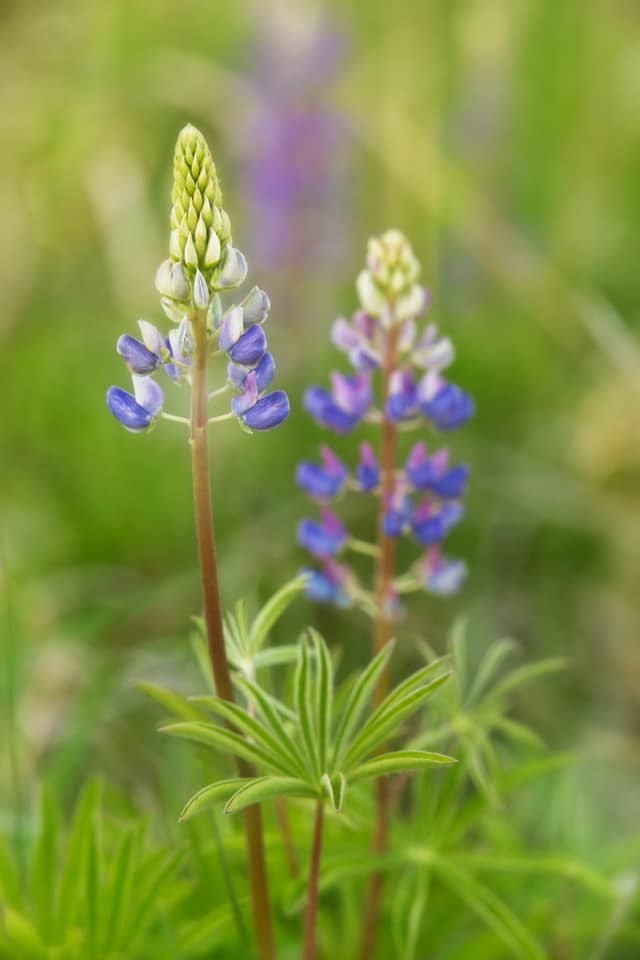
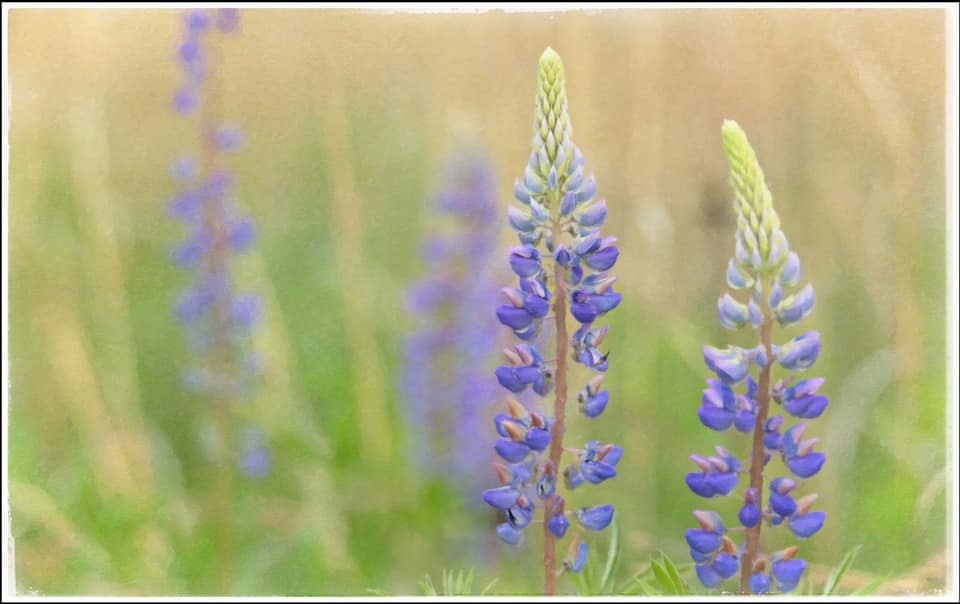
The next two photos by Janet Pulver show wild lupine flowers and seed pods from this year in Guthrie County.
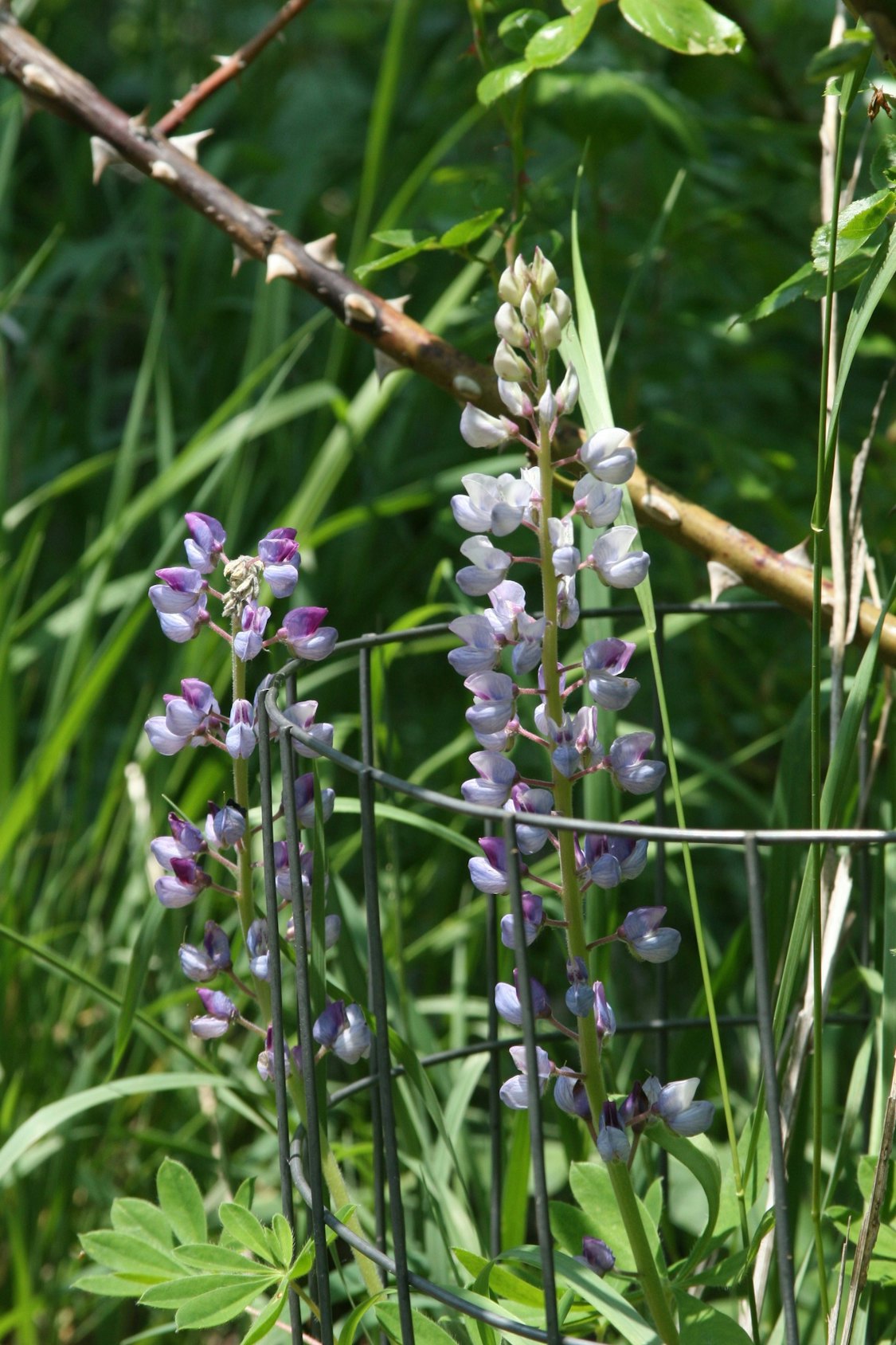
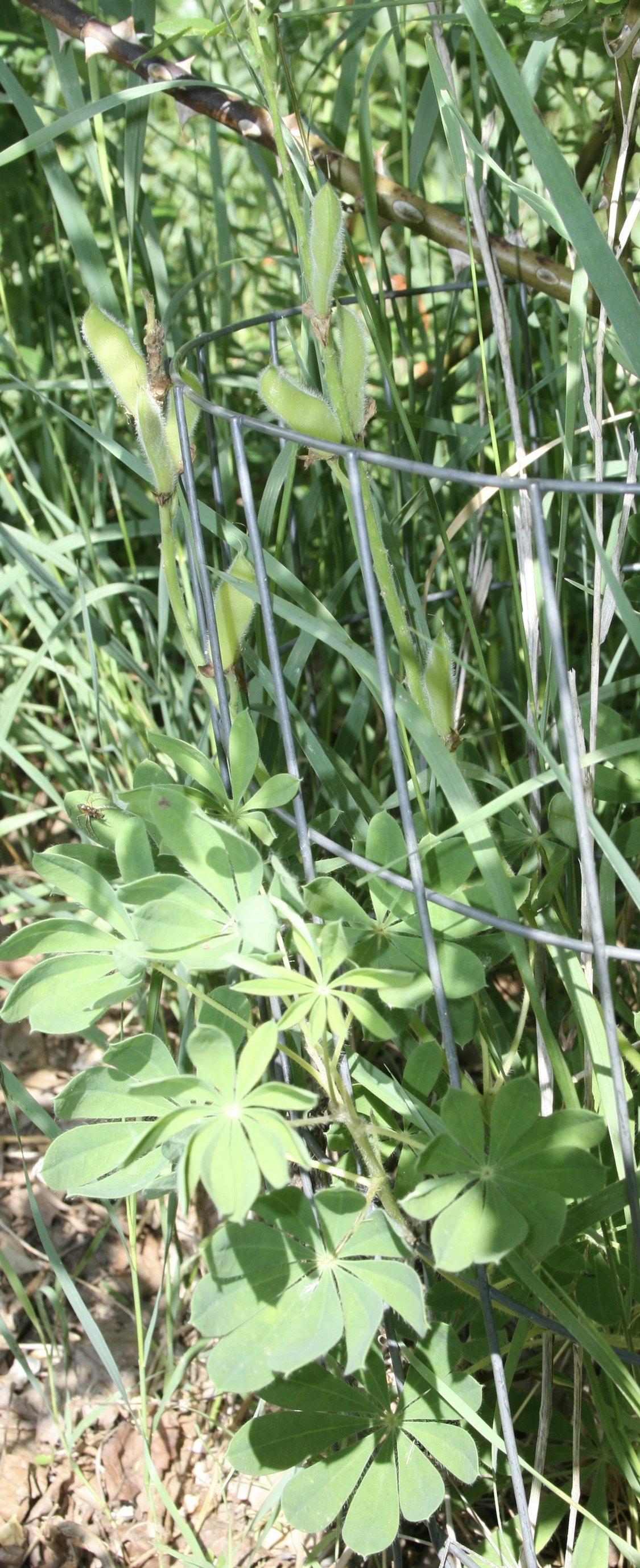
Finally, this photo by Kenny Slocum shows a silvery lupine at seedpod stage from Montana.
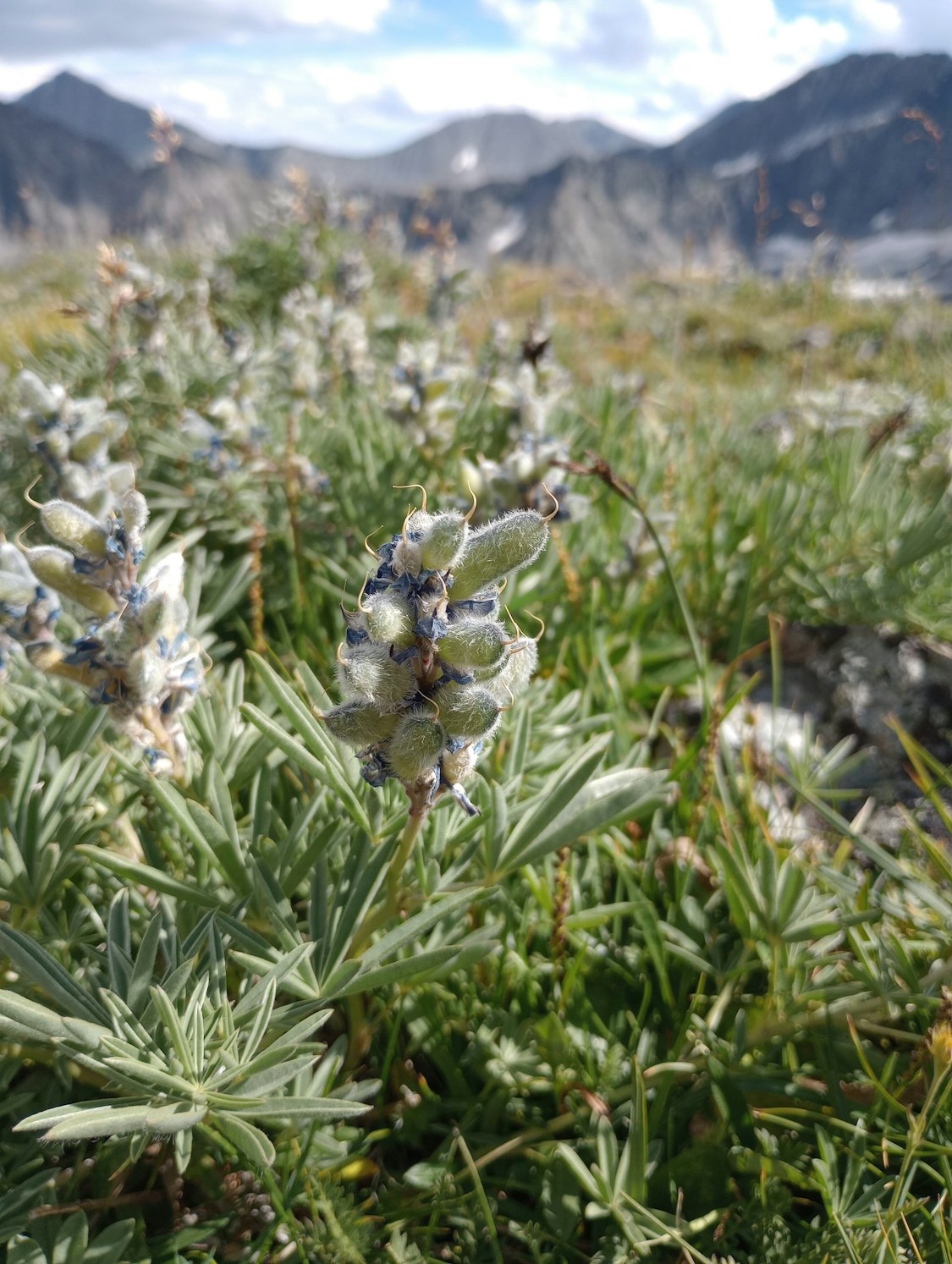
All photos published with permission. Top photo of wild lupine by Mike Houge.

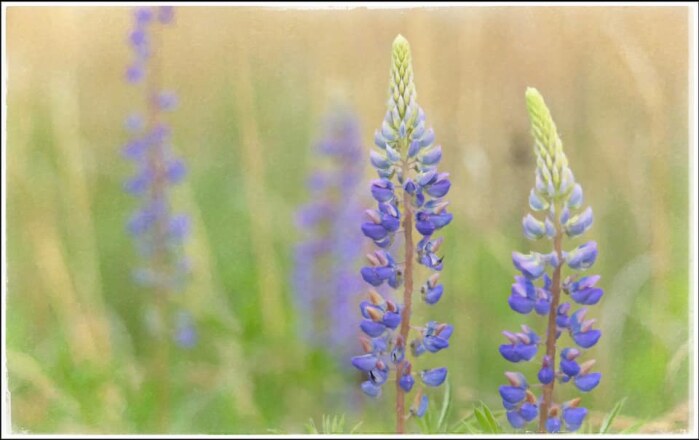
1 Comment
It is so wonderful...
…to read a column about Iowa wildflowers that talks with wisdom and insight about the important ecological differences between species that are truly native to a planting site and apparently-similar species that are not. Thank you, Kenny Slocum
Unfortunately, some real prairie-planting mistakes have been made in Iowa over the past few decades. Low-bid planting contracts that were not written or enforced well are one reason why. The desire to buy the cheapest-possible seed mix that seems to meet farm-program requirements is another reason why. I’ve heard horror stories about what has turned up on certain parcels of public land and CRP plantings, including new invasive exotics.
There is no substitute for human beings who know and really care about native plants. Having human beings like that in key positions can make a huge difference. If it were possible to create an entire state culture like that, it could be jaw-droppingly transformative.
Thank you again, Kenny Slocum. This essay indicates that your field-trip students, Clayton County, and Iowa are fortunate to have you here.
PrairieFan Sun 25 Jun 2:42 AM